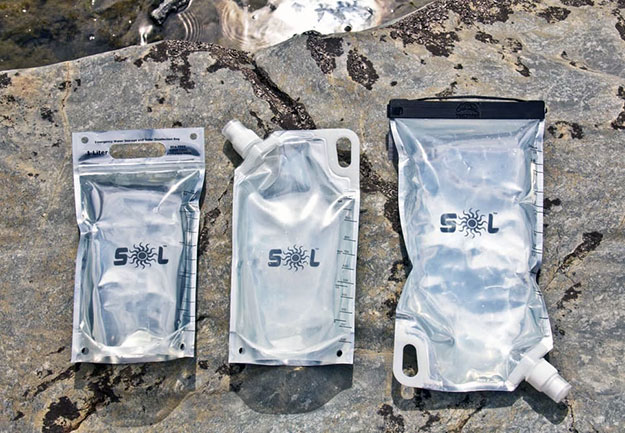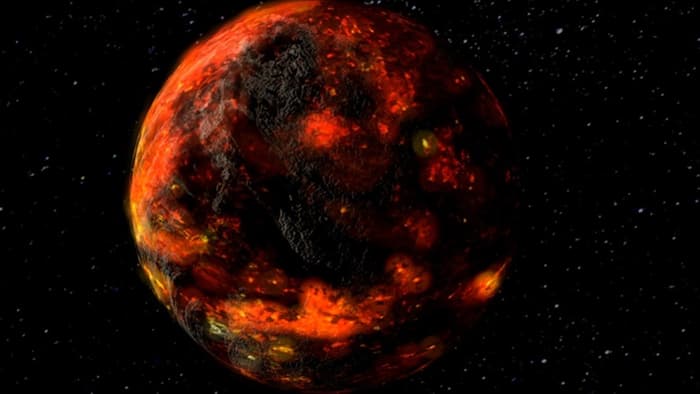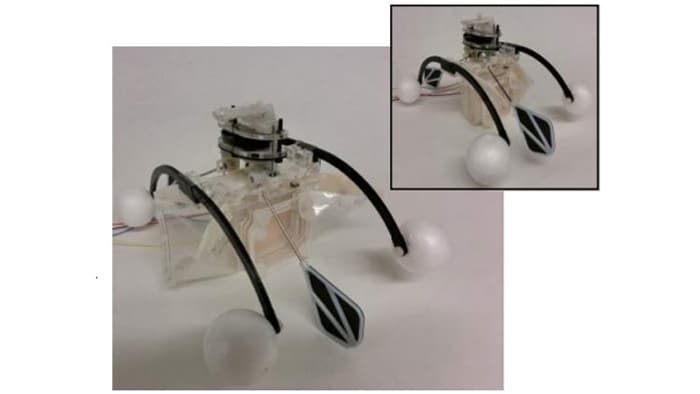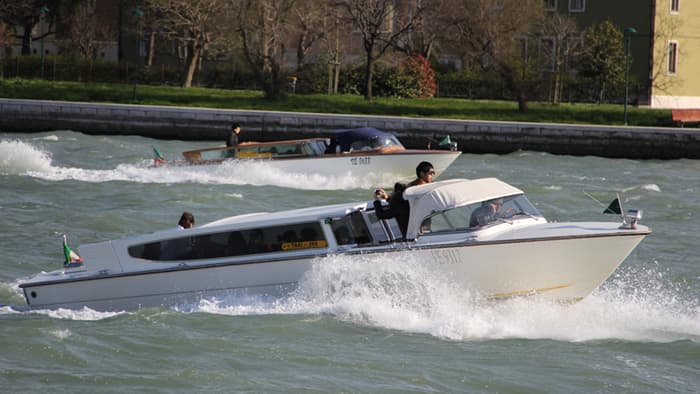Saturn’s biggest moon, Titan, is one of the most interesting bodies in the Solar System. It’s the only other place we know of, besides Earth, that very likely holds liquid water, in the form of a vast underground ocean, and its surface is somewhat Earth-like, splotched with lakes, rivers and seas, albeit of liquid methane and ethane. Scientists at Cornell University have analyzed data of Titan’s chemical composition and found that conditions could be right for non-water-based life to evolve, challenging our Earth-focused ideals of habitability.
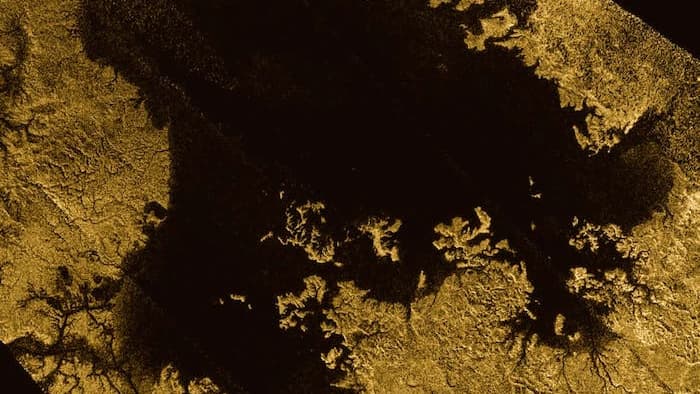 life is focused on searching within the Goldilocks Zone, the band around a star that’s not too hot and not too cold, but just right for liquid water where life can take hold. It’s a model based on the conditions that make Earth habitable, so finding Earth-like planets is a logical place to start. Read more
life is focused on searching within the Goldilocks Zone, the band around a star that’s not too hot and not too cold, but just right for liquid water where life can take hold. It’s a model based on the conditions that make Earth habitable, so finding Earth-like planets is a logical place to start. Read more







